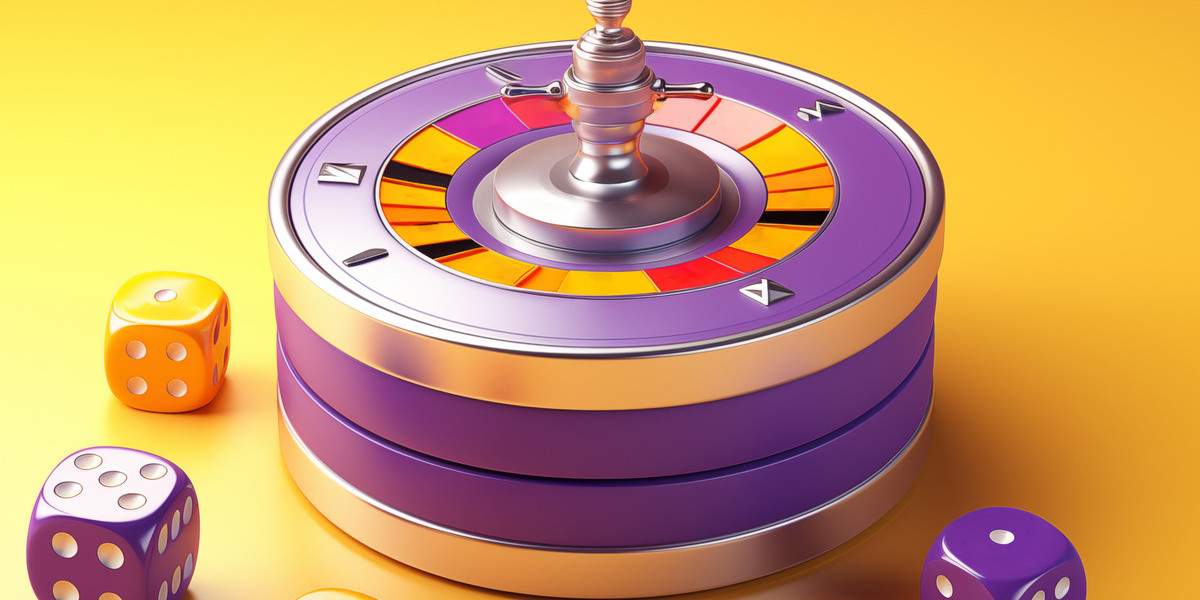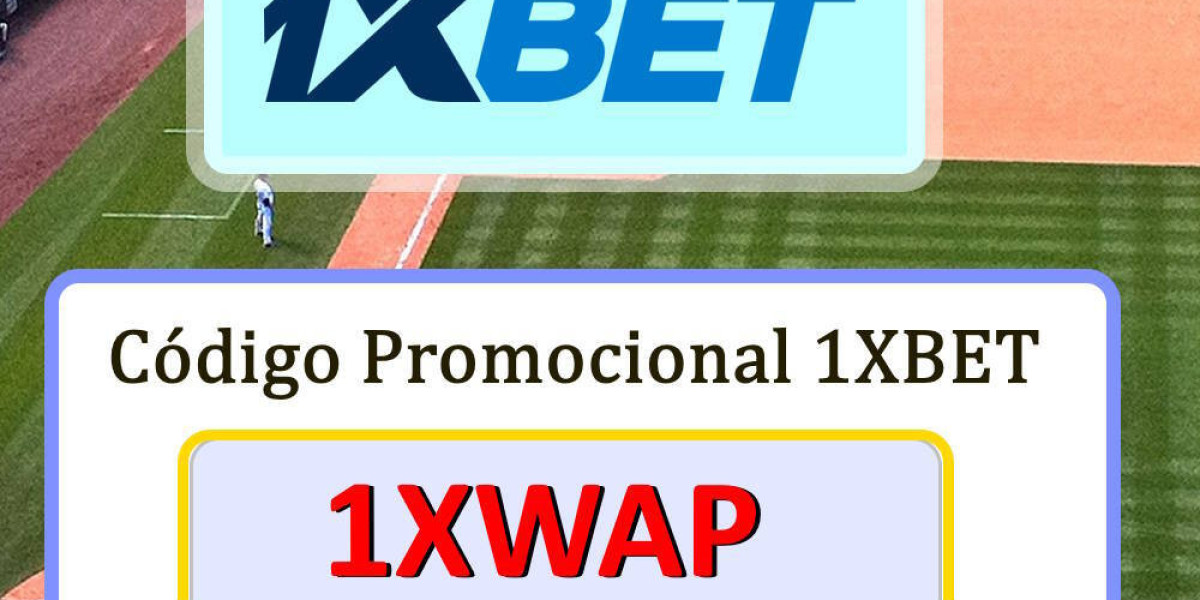Imagine living in a home where your energy needs are entirely self-sufficient, free from the clutches of utility companies. A stand alone power system makes this dream a reality. Whether you’re nestled in the mountains or enjoying life by the beach, these systems allow you to harness renewable energy sources right where you are. With growing concerns about climate change and rising energy costs, an increasing number of people are turning to off-grid solutions that offer independence and sustainability. What if you could take control of your energy future? Designing your own standalone power system not only empowers you but also makes a positive contribution to the environment.
What Is a Standalone Power System and How Does It Work?
A standalone power system is an energy solution designed to operate independently of the traditional electrical grid. It typically relies on renewable sources, such as solar panels, wind turbines, or micro-hydro systems, to generate electricity. These setups are perfect for remote locations where connecting to the grid may be impractical or too costly.
At its core, a standalone power system comprises several key components: energy generation units, batteries for storage, and a charge controller to regulate the flow of electricity. The generation units harness natural resources and convert them into usable energy. For instance, solar panels capture sunlight and turn it into electrical power.
The generated energy is stored in batteries that hold excess power for use during cloudy days or at night. A charge controller plays a crucial role by preventing overcharging and ensuring optimal battery health. This intelligent management ensures you have access to reliable energy whenever you need it.
With advancements in technology, these systems can now easily cater to various lifestyle demands while significantly reducing dependence on fossil fuels and lowering carbon footprints.
How Off-Grid Energy Systems Ensure Complete Independence?
Off-grid energy systems provide a unique opportunity for individuals to harness their own power. By relying on renewable sources like solar and wind, these systems eliminate dependency on traditional utility grids. This independence is empowering, allowing homeowners to gain control over their energy consumption.
With no ties to the grid, off-grid setups can be particularly beneficial in rural or remote areas where access to electricity may be limited. These systems ensure that you have reliable power regardless of location or local infrastructure challenges. Whether you're living in a cabin nestled deep in the woods or a tiny home by the beach, you'll find comfort in knowing your energy needs are met.
Moreover, off-grid systems promote sustainability by reducing reliance on fossil fuels. As more people become environmentally conscious, choosing an independent system aligns with eco-friendly values and contributes to lower carbon footprints.
Additionally, advancements in technology enable easy monitoring and maintenance of these standalone units. Users can track energy production and usage through apps or smart devices, ensuring optimal performance while remaining connected, even without being directly linked to the grid.
Stand alone Solar System: Harnessing Clean Energy Anywhere
A stand alone solar system offers a versatile solution for those seeking to harness clean energy in virtually any location. With advances in solar technology, you can set up these systems without being tied to the grid. This means freedom from utility bills and reliance on traditional power sources.
These systems typically consist of solar panels, batteries, an inverter, and sometimes additional equipment, such as charge controllers. Solar panels capture sunlight and convert it into electricity. The inverter then transforms this electricity into usable power for your home or business.
One of the most significant advantages is their flexibility. You can install them in remote locations where extending electrical lines would be costly or impractical. Whether it's a cabin in the woods or a tiny house by the beach, a standalone solar system makes renewable energy accessible almost anywhere.
Using clean energy significantly reduces your carbon footprint while promoting sustainability. With minimal maintenance required after installation, these systems offer long-lasting benefits to both users and the environment.
Why Choose a Standalone Power Setup for Your Property?
Choosing a standalone power setup for your property opens up a world of possibilities. It provides the freedom to generate and manage energy independently, without relying on traditional grid systems. This independence can be especially appealing for those who value self-sufficiency.
Another significant advantage is flexibility. A standalone power system enables you to tailor energy production to your specific needs. Whether it’s solar panels, wind turbines, or battery storage, you can design a system that works best for your lifestyle and location.
Cost savings also play an essential role in this decision-making process. While there may be initial investments involved, many homeowners experience reduced electricity bills over time. Additionally, with incentives such as tax credits and rebates available for renewable energy projects, the affordability of these solutions becomes even more attainable.
Environmental impact matters today more than ever. By choosing a standalone power setup powered by clean energy sources, such as solar or wind, you contribute positively to reducing carbon footprints while promoting sustainable living practices within your community.
Reliable Power Solutions for Remote and Rural Locations
For those living in remote or rural locations, accessing reliable power can be a challenge. Traditional grid connections are often limited or non-existent, leaving many without consistent electricity. This is where a standalone power system comes into play, offering an efficient alternative to conventional energy sources.
These systems harness renewable energy sources, such as solar and wind, to generate power on-site. By relying on natural resources, they provide a sustainable solution for areas disconnected from the primary electrical grid. The ability to produce your own energy means you can enjoy electricity even in the most isolated settings.
Moreover, modern technology has made these systems more accessible and affordable than ever before. With advancements in battery storage and inverter technologies, users can store excess energy generated during peak hours for use when conditions aren’t ideal. This flexibility ensures that you always have power.
Investing in a standalone system not only supports energy independence but also promotes environmental responsibility by reducing reliance on fossil fuels. It’s an empowering choice for anyone looking to embrace self-sufficiency while enjoying the comforts of home life.
Stand alone Solar Power System for Sustainable Living
A stand alone solar power system is more than just an energy source; it's a lifestyle choice. By harnessing the sun’s energy, you can significantly reduce your carbon footprint and promote sustainable living. This type of system allows you to generate clean electricity without relying on fossil fuels or traditional grids.
These systems are ideal for eco-conscious individuals seeking to live in harmony with nature. The ability to produce your own power means you're less vulnerable to rising utility costs and fluctuating energy prices. Additionally, you'll contribute positively to environmental conservation by utilising renewable resources.
Installing a standalone solar power setup not only enhances sustainability but also encourages self-sufficiency. As you break free from conventional utilities, you gain control over your energy consumption patterns. It empowers homeowners and communities alike to adopt greener habits that align with their values.
Moreover, advances in technology have made these systems more efficient and affordable than ever before. With various sizes and configurations available, tailoring a solution that meets specific needs is easy, making it accessible to anyone committed to reducing their environmental impact.
Cut Energy Costs with Smart Off-Grid Technology
Innovative off-grid technology is revolutionising the way we think about energy consumption. With rising utility costs, many homeowners are seeking creative ways to slash their monthly bills. A standalone power system allows you to harness renewable energy sources and significantly reduce reliance on traditional grids.
Advanced solar panels play a key role in this shift. They're designed for efficiency, capturing sunlight even in less-than-ideal conditions. Paired with smart inverters, these systems optimise energy usage by converting DC power into usable AC power seamlessly.
Battery storage has also made leaps forward. Modern batteries can store excess energy generated during the day for use at night or during periods of cloudy weather, ensuring a continuous supply without incurring additional costs from the grid. This means fewer worries about fluctuations in your electricity bill.
Integrating smart home technology adds another layer of savings. Energy management systems enable users to monitor consumption patterns and adjust settings accordingly, thereby maximising efficiency throughout the day. By making informed decisions based on real-time data, homeowners can enjoy both comfort and significant cost reductions while embracing sustainable living solutions.
Flexible Power Systems Designed for Modern Lifestyles
Modern lifestyles demand adaptability and convenience. A flexible, standalone power system meets these needs effortlessly. It enables homeowners to customise energy solutions to their specific needs, whether for a small home or a larger property.
These systems can seamlessly integrate with renewable energy sources, such as solar panels and wind turbines. This means you can generate your own electricity while minimising reliance on traditional grids. You have the freedom to choose how much energy you want to harness.
Moreover, advanced battery technology plays a crucial role in flexibility. With efficient storage options, excess energy generated during peak sunlight can be saved for later use, ensuring consistent power availability around the clock.
Furthermore, smart home integrations make managing your energy consumption easier than ever. From mobile apps that monitor usage patterns to automated settings that optimise efficiency, flexible standalone power systems empower users to take control of their electricity needs without sacrificing comfort or convenience.
Experience True Energy Freedom with a Standalone Power System
Imagine waking up to the sound of silence, free from the distant hum of power lines and grid dependence. A standalone power system offers you the serenity and autonomy you need. By harnessing renewable energy sources, such as solar or wind, you can generate your own electricity right at home.
Living off-grid means you're not just reducing your carbon footprint; you're also taking control over your energy usage. You set the rules. Want to run your appliances during peak sunlight hours? Go for it! Interested in storing excess energy for cloudy days? That's entirely within your reach with proper battery storage solutions.
This independence leads to a lifestyle where you are less affected by price fluctuations and utility outages. No more worrying about rising electricity costs or unexpected blackouts disrupting your daily routine.
Embracing a standalone power system allows you to live sustainably while enjoying modern comforts. It’s an empowering choice that aligns with both environmental values and personal freedom, giving you complete command over how and when you'll use energy.
Conclusion
Designing your own stand alone power system opens up a world of possibilities. It offers flexibility, independence, and sustainability tailored to your specific needs. When you take control of your energy source, every choice becomes intentional. The benefits extend beyond just saving on electricity bills. A well-designed off-grid setup reduces reliance on traditional utilities and enhances resilience against outages or fluctuations in energy prices. This autonomy can be empowering and liberating. As technology continues to evolve, so do the options available for creating an efficient standalone power system. From solar panels to wind turbines and battery storage solutions, there’s something for everyone who wants to adopt this lifestyle.
FAQs
What does a stand alone power system do?
A stand alone power system is an independent energy setup that operates off the primary electricity grid, providing reliable power in remote or off-grid locations.
How does a standalone power system benefit homeowners?
It ensures a continuous energy supply, reduces dependence on the grid, and can integrate renewable sources, such as solar or wind, for sustainable living.
Why is maintenance essential for off-grid power systems?
Regular maintenance maximises efficiency, extends the system’s lifespan, and prevents unexpected power interruptions in critical off-grid settings.
Related Business Listings |








